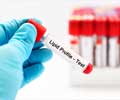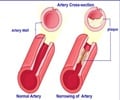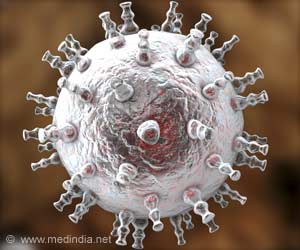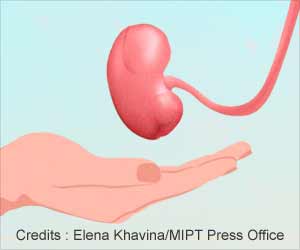Fat cells in the human body have their own internal clocks and exhibit circadian rhythms affecting critical metabolic functions, finds new research published in Scientific Reports.

‘The findings offer exciting information about rhythms existing in human fat cells and how human metabolism and food digestion processes change differently during the day and night.’





During this unique study seven participants underwent regulated sleep-wake cycles and meal times before entering the laboratory, where they maintained this routine for a further three days. Participants then experienced a 37- hour 'constant routine' during which time they did not experience daily changes in light-dark, feed-fast and sleep-wake cycles. Biopsies of fat tissue were taken at six hourly intervals and then followed by an analysis of gene expression.
Researchers identified 727 genes in the fat tissue that express their own circadian rhythm, many carrying out key metabolic functions. A clear separation in gene rhythms was identified with approximately a third peaking in the morning and two thirds in the evening.
Morning-peaking transcripts were associated with regulation of gene expression and nucleic acid biology (vital for cell functioning), while evening-peaking transcripts associated with redox activity and organic acid metabolism.
These rhythms, which are independent of external factors such as light and feeding, demonstrate that genes within fat cells naturally complete their functions at different times during the day which could impact on metabolic processes.
Advertisement
Lead author Dr Jonathan Johnston, Reader in Chronobiology and Integrative Physiology, at the University of Surrey, said: "Tissues made up of fat cells don't just store excess energy, they are active metabolic tissues, full of their own rhythms.
Advertisement
Source-Eurekalert















